This article is taken from the Autumn/Winter 2023 issue of AnOther Magazine:
If Chanel’s present is housed – as it always was – on the rue Cambon in the centre of Paris, where Gabrielle Chanel first founded her fashion business in 1910, its history now resides in Pantin, a commune on the outskirts of the city. The building – called the Patrimoine, which literally translates as ‘heritage’ – rises from long, waving grass that recalls Chanel’s childhood home of Aubazine, where she grew up in an orphanage, a history she herself tried to hide but which indelibly shaped her identity and fashion. By contrast, the house that bears her name makes no attempt to hide its history. Chanel’s clothes are embedded with codes that can trace their distinct lineage and language from Gabrielle Chanel’s mind’s eye, through the work of her longest-serving and most unruly disciple, Karl Lagerfeld, through to Virginie Viard, who helms the house today. You could call it a fashion manifesto – and, indeed, Chanel does. The phrase forms half of the title of an exhibition that debuted at Paris’s Palais Galliera in 2020, a reiteration of which has just opened at London’s Victoria and Albert Museum. In charting Gabrielle Chanel’s life, it examines her philosophy of style and her seemingly endless inventions.
“That word, manifesto … I stood on a cliff, thinking over that,” says Amanda Harlech, a woman who has spent more than 25 years examining Chanel’s life and work alongside Lagerfeld and Viard. “But it really was a manifesto. A shattering audacity. She’s so convinced and is therefore so convincing of what she believes. And that’s very much a manifesto, this idea of, ‘I’ll stand here – I will stand on this soapbox, spiritually, and hold forth.’” Those ideas are echoed by Oriole Cullen, the V&A’s curator of modern textiles and fashion and curator of the museum’s Gabrielle Chanel. Fashion Manifesto show. “What Chanel is doing is really going against the grain, from very early on, and suggesting things that are profoundly different to what is in fashion. But it’s an innate process, and she is driving it. And in part she’s driving it because she has real assurance in what she wears herself, and what she needs.”
What was Chanel convinced of ? Right from the start, she was convinced that clothes for women should follow the lines of those for men. That included literal borrowings from the male wardrobe – there are photographs of Chanel in the early 1910s wearing a masculine bow tie, and others from 1928 where she’s dressed in a sweater and tweed blazer belonging to her lover at the time, the Duke of Westminster. “Everybody gives credit to the Duke of Westminster, but I would say she was already there,” Harlech says – pointing out a picture of Chanel in a bowler hat from about 1912, her hair pulled back into a simple ponytail. In the early decades of the 20th century, a sensibility then only existent in menswear was translated by Chanel to womenswear for the first time. Her clothes were streamlined, stripped back, engineered for movement, a garment as a “machine for living in”, to borrow the words Le Corbusier employed to describe buildings. His architecture can be seen as an ideological counterpart to Chanel’s modernist – or maybe just modern – garments. That was her fashion manifesto.
“I think, instinctively, she [Gabrielle Chanel] had an incredible radar, a sense of style. How she wanted to be, for her next step. It wasn’t about designing for other women” – Amanda Harlech
That ethos came to be applied to a whole fashion universe, a body of work that doesn’t just linger today but remains vibrantly alive, relevant, desirable, ubiquitous. There were her braided cardigan suits, the jackets based on Tyrolean bellboy uniforms, unstructured and fitted easily around the body; her little black dress of 1926, which needs no introduction except to say that Vogue dubbed it “The Chanel ‘Ford’ – the frock that all the world will wear”; quilted handbags, suspended from the shoulder in emulation of a soldier’s knapsack, glamourised with gilt chain and lined in burgundy so you could easily find your stuff; her two-tone shoes, the nude body elongating the leg, the toe-cap black to hide dirt; and a bunch of costume jewellery, tangled pearls and gilt chains and pinned camellias all liberally drenched with the aldehyde sting of Chanel No 5. Even the bevelled glass bottle of that scent – based on men’s toiletry bottles rather than the fussy flacons of women’s fragrances, with a stopper shaped to echo the Place Vendôme – has become a signature, inspiring minaudières and belt buckles and watch faces.
As if to prove that point, the interior of the Patrimoine is like a Chanel No 5 box exploded to engulf entire floors. The whole place is coloured black and white: the rolling storage lockers, familiar from photographs of archival spaces and usually cranked by hand, are here sleekly automated, their exteriors lacquered a glossy black. Inside, clothes are temperature controlled and veiled in specially tailored, semi-transparent white covers, protected from the elements and one another. Before a garment is permitted into this inner sanctum, it is subjected to a biblical 40 days and nights in a hermetically sealed space to eradicate any pestilence inside its fibres. In total – including clothing, paper archives and the history of Chanel’s beauty and perfume businesses – the place contains more than 100,000 pieces, all presided over by Odile Prémel, who has worked with Chanel for 24 years. She is dressed – in black trousers and a flowing ivory blouse, with a medallion bearing the face of Gabrielle Chanel hanging around her neck – like a high priestess. Which, of course, she kind of is. Press are generally not permitted within these walls. To visit is a rare privilege – and, indeed, pleasure – afforded to few, mostly to new Chanel staff who are inculcated in the ways of Mademoiselle, the honorific by which she was always addressed. Some deep-spending haute couture clients also seize the opportunity to visit Chanel’s archives and discover the past from which their present clothes sprang.
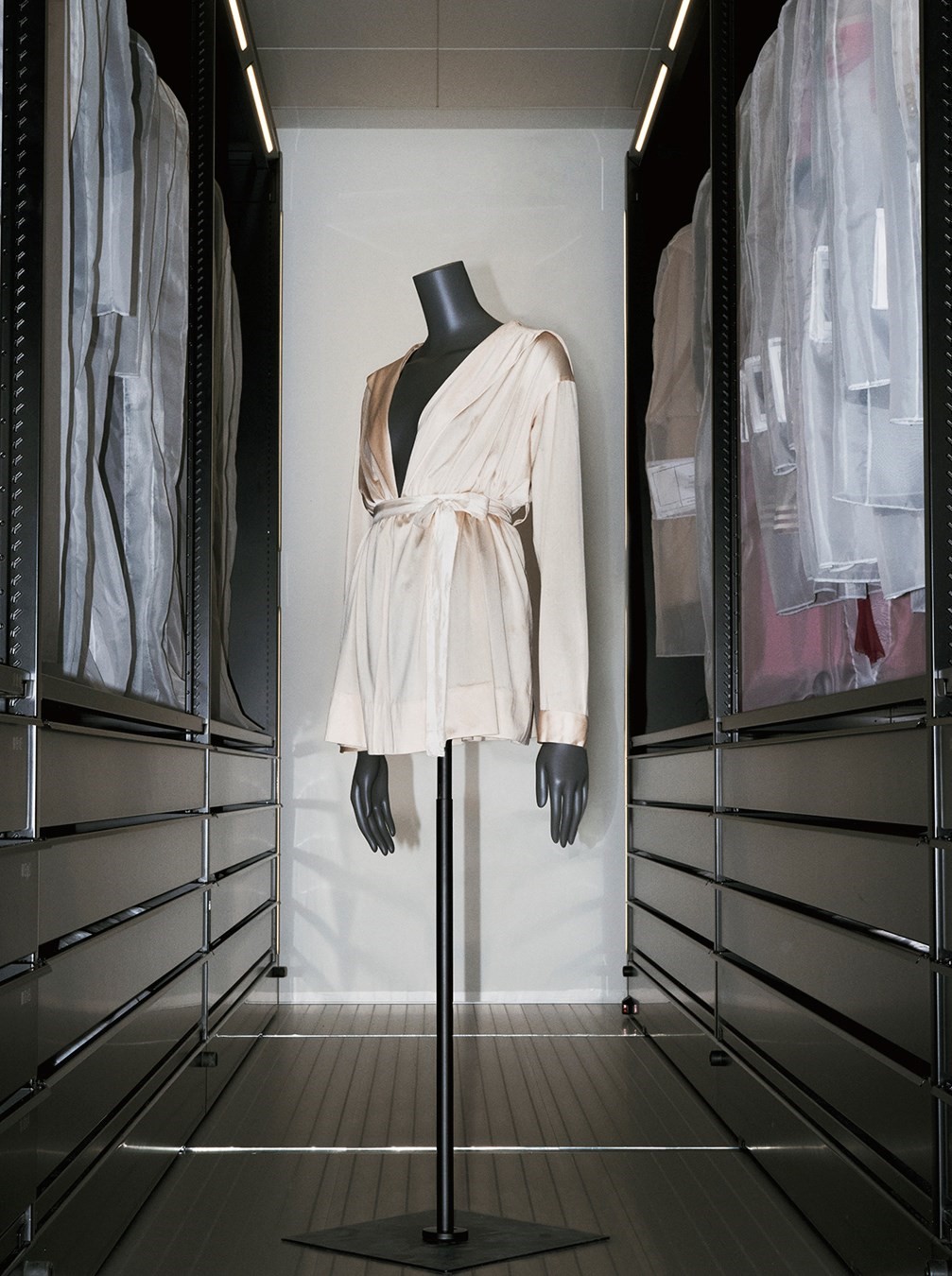
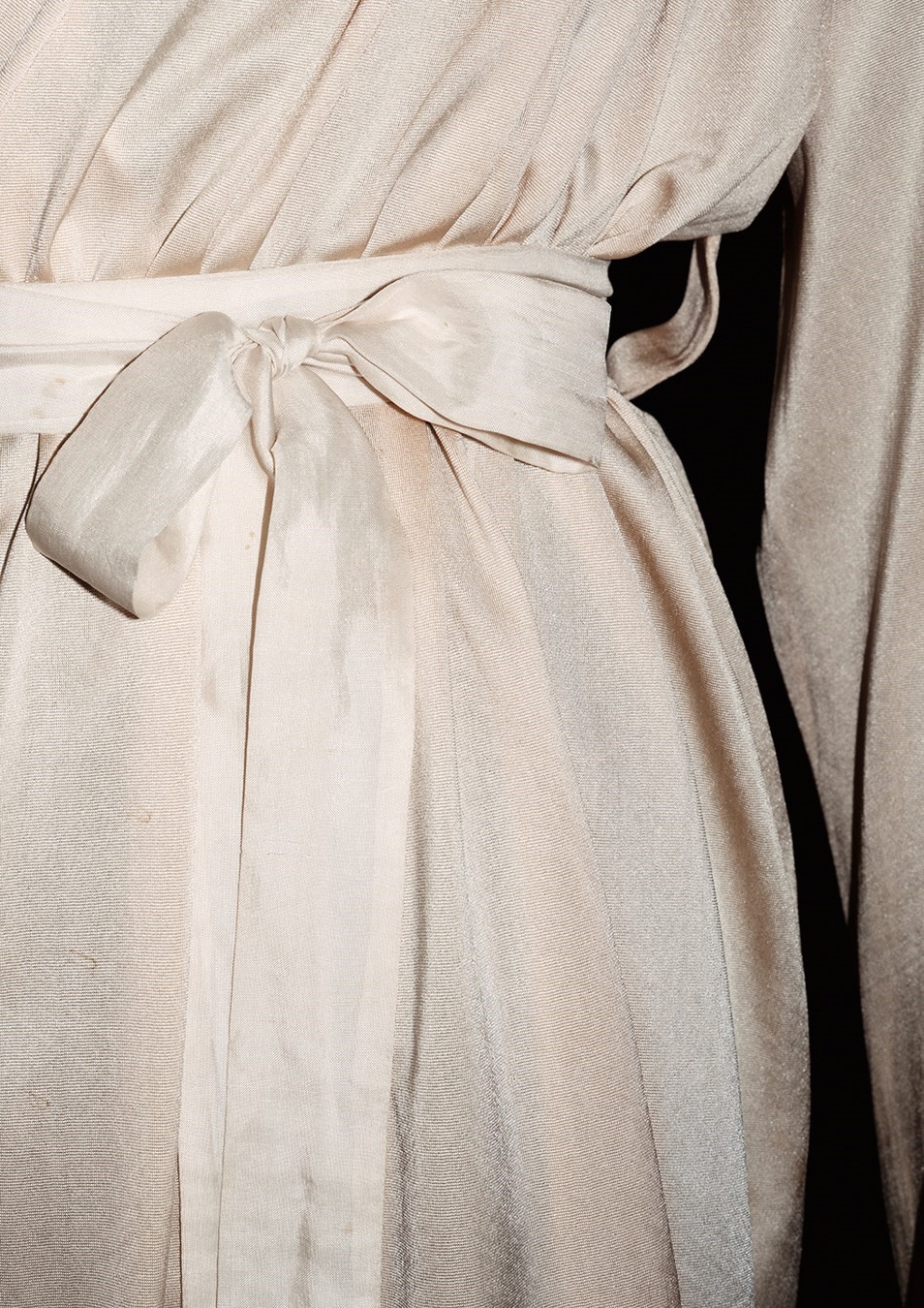
When Gabrielle Chanel died on 10 January 1971, none of that past was left. OK, that isn’t true: the couture house stood, as did her honey-coloured, gilt-edged apartment, since the 1950s stuffed with bibelots and keepsakes and talismans loaded with superstitious meaning — chandelier irons curled into double Cs and figure 5s, lions prowling (her star sign was Leo), tables and lamps on bases of golden sheaves of wheat, symbolic of abundance. The space was frozen in time following her death and has remained the same ever since — classified as a historical monument by the French Ministry of Culture in 2013, it can now never be changed, even if anyone inexplicably wanted to. But Chanel, the inspirational figure who collaborated with Cocteau and Picasso and dined with Stravinsky, Picabia, Braque and a young Luchino Visconti, left no picture of herself, none of the artworks or photographs immortalising her image. Furthermore, the famous clothes of one of the great fashion figures of the 20th century – both her life’s work and her own wardrobe – were scattered.
On 2 December 1978, Christie’s in London sold “the personal collection” of Gabrielle Chanel, auctioned by her former press attaché Lilian Grumbach and including items from her own wardrobe – in all, 43 pieces of costume jewellery and about 40 suits and dresses. The highest price paid was $4,800 for a suit in beige, a colour Chanel especially liked because it looked like dirt. It was used here for a nubby tweed jacket and skirt, weighted with chain, that she herself often wore. The Oslo Museum purchased it; the Smithsonian bought a checked suit and a navy blue handbag, and the Victoria and Albert Museum won a black and white suit, with boater hat, which is featured in this autumn’s exhibition. Writing about the frenzied sale, The New Yorker quoted two apparent maxims of Gabrielle Chanel herself: “Old clothes are old friends,” and “Chanel never goes out of date.”
Back then, the house of Chanel bought nothing. It wasn’t present at the sale. As with most other fashion houses, Chanel also did not historically archive its collections – instead, the samples from each collection, modelled in the house’s fashion shows (of which many were staged, through each season) were sold off at a hefty discount to clients or friends of the house, or given away. Since the Patrimoine was founded in 1983, its staff – now totalling 20 – has been busy reassembling Chanel’s past, preserving its present and safeguarding its future.
That the Patrimoine was established the year Karl Lagerfeld presented his first collection for the house is no coincidence. Despite Lagerfeld’s avowed distaste for history, his spectacular revival of Chanel was centred on archival elements, reconstituting and reimagining Chanel’s heritage, famed and otherwise. The Patrimoine holds a healthy collection of Chanel pieces from the 1930s, an era Lagerfeld remembered from his childhood and which he especially loved. His first Chanel collection was based on the look of that period, all rangy leanness and emphatic shoulders, rather than Chanel’s rather more famous braided 1950s and 1960s suits.
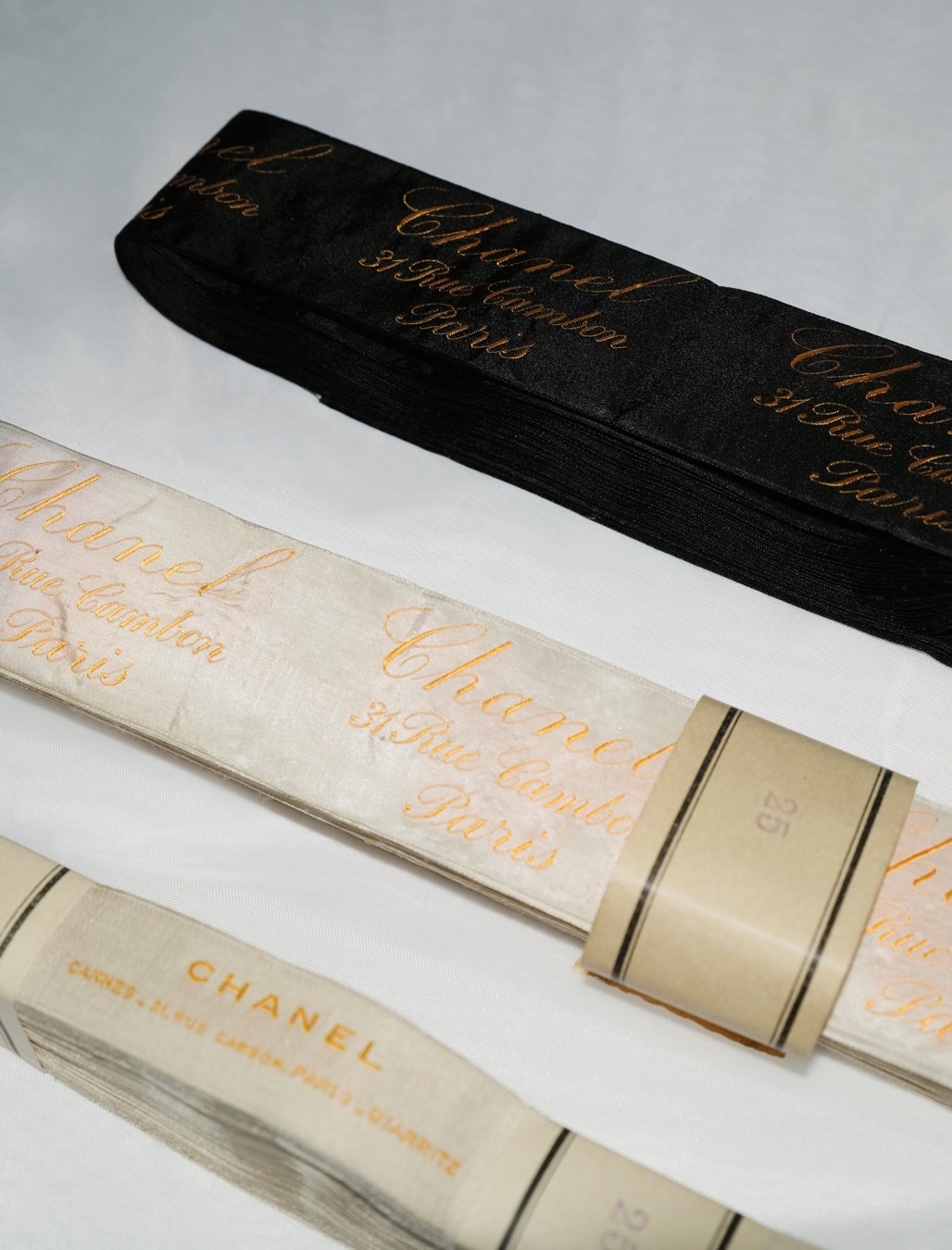
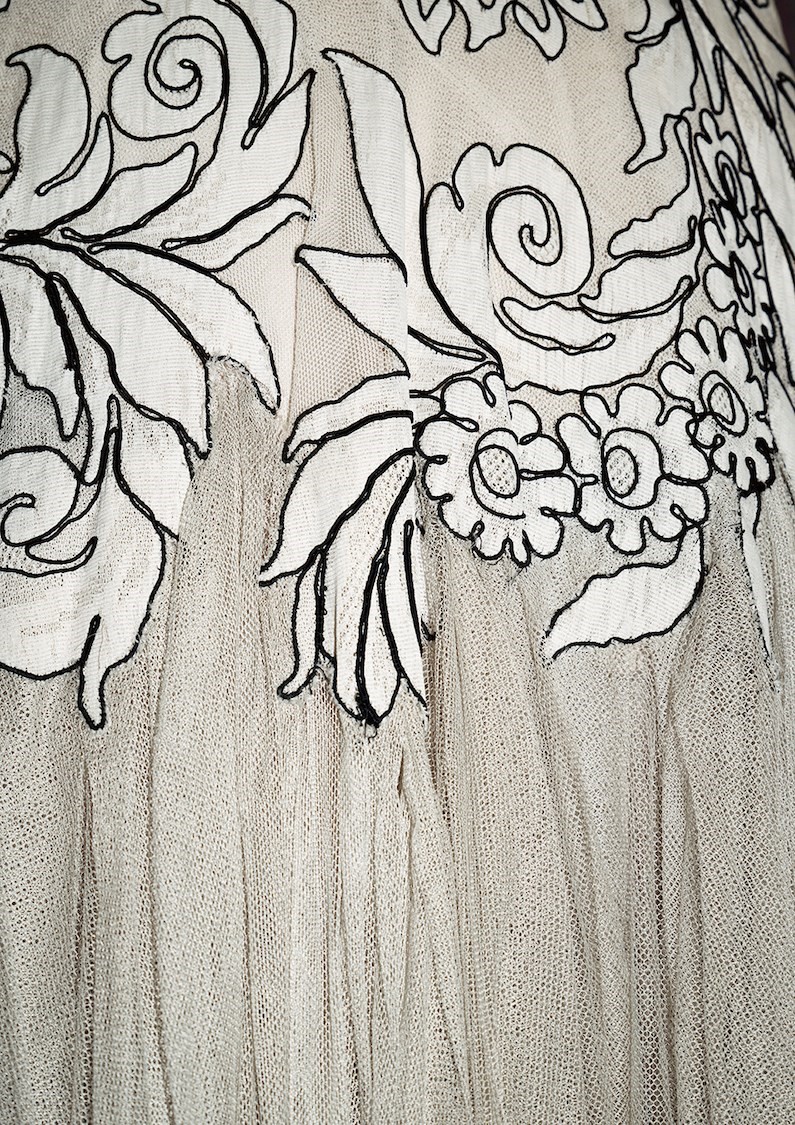
Despite the fact that, by the 1930s, Chanel was the richest couture house in Paris, employer of some 4,000 people and responsible for creating thousands of made-to-measure garments each season, the Patrimoine only holds about 600 pieces from her times – 29 years pre-war, 17 after. These are supplemented by some 6,000 from Lagerfeld’s 37-year stint, with 25-30 looks per season added from Viard’s six annual shows. In early July, many of these relatively few Gabrielle Chanel-designed pieces were joined by others in various Paris repositories, ready to be sent to London for the final install of Gabrielle Chanel. Fashion Manifesto. The show comprises more than 200 items, borrowed from public and private collections around the world – “museums in Italy and Germany, in the UK, in Cincinnati, in Indianapolis”, Cullen says; of those, 122 pieces are new to this second incarnation. The Palais Galliera’s carry-over of pieces were housed in an unbecoming space colloquially dubbed a “car park” over in the 11th arrondissement, shielded from view under Tyvek wraps and laid in drawers next to other treasures, like a silk-taffeta bodice once owned by Marie Antoinette, or the sable-trimmed lamé gown of the Proustian Countess Greffulhe, worn to upstage her daughter at her own wedding in 1904.
At the Patrimoine, suits and dresses, covered in white cloth like ghosts of Chanel’s past, hung waiting to be brought back to the realm of the living. Although both institutions treat these clothes with the tissue-swaddled, white-gloved reverence usually reserved for museum relics, Chanel’s is, to borrow industry parlance, a working archive. Pieces flow in and out not only for exhibitions, but for the occasional well-orchestrated publicity appearance or photographic shoot, and to be referenced by artistic director Viard and her design team. Over her four-year tenure, she has embraced history, making direct allusion to some of the house’s greatest hits – like the fuzzy faux furs from Lagerfeld’s Autumn/Winter 1994 collection, used to create Chanel suits with marshmallow plump volumes that were directly reiterated in 2021 in shearling. And an Autumn/Winter 1992 Chanel couture wedding gown, originally modelled by Claudia Schiffer, was worn by Dua Lipa on the red carpet for the Costume Institute Gala of the Metropolitan Museum in May this year (Prémel was apparently waiting at the apex of the entrance stairs, to immediately remove the dress for safekeeping). Incidentally, unmarried throughout her whole life, Chanel never closed her own fashion shows with the traditional couture bride, although her clothes were sometimes ordered as trousseau or, in white, as wedding gowns.
Chanel’s fashion manifesto gravitated to her own personality, her needs, her wants, her tastes. Her underprivileged childhood – she was born in 1883 to unmarried parents, her father an itinerant peddler and her mother a laundress who died when Chanel was 11 – perhaps provided the impetus for her Robin Hood approach to fashion, taking money from the rich to dress them, professedly, in the resolutely functional clothes of the poor. Back in 1931, Janet Flanner famously wrote in The New Yorker that Chanel “utilised the ditch-digger’s scarf, made chic the white collars and cuffs of the waitress, and put queens into mechanics’ tunics”. Chanel learnt to sew at the orphanage where she was raised after her father abandoned her, taught by attendant nuns whose austerity of dress also marked her perception of style.
And her aesthetic – and audacity – was there from the very start. The oldest item in the Chanel Patrimoine is a blouse dating back to 1916, six years after Chanel opened her hat shop, Chanel Modes, at 21 rue Cambon – her earliest labels bear that address before her move to 31 in 1918. Her styles were, of course, plain and unadorned, diametrically opposed to the feather-laden wide-brimmed proposals by other milliners. They proved successful enough to allow Chanel to open a second boutique on the rue Gontaut-Biron in the fashionable resort town of Deauville, where she began to branch out into easy clothes equally free of the frills and fuss of the era. The Chanel archivists call this blouse their Mona Lisa. In supple silk jersey – a fabric Chanel controversially borrowed from men’s underwear – its lines recall naval uniform, with a wide, open neck and tied waist, draping against the natural form of the body. In a single garment it summarises Chanel’s manifesto of freedom and simplicity. Earlier examples are only extant in pictures, modelled by Chanel herself: Chanel in stripped-back tailoring, Chanel in mannish cuts, Chanel riding, in jodhpurs and a masculine shirt and necktie, in the 1910s. “She’s already convinced that being fit counted for more than a corset,” Harlech says of that image. “The riding habit is more or less what she’s wearing every day. Functionality, but also really well cut. All the seaming and the structure of the jacket will not only look incredibly refined on the ground, but on a horse it looks great. You can’t wear a fluffy thing.” She pauses. “And also that would have scared the horse.”
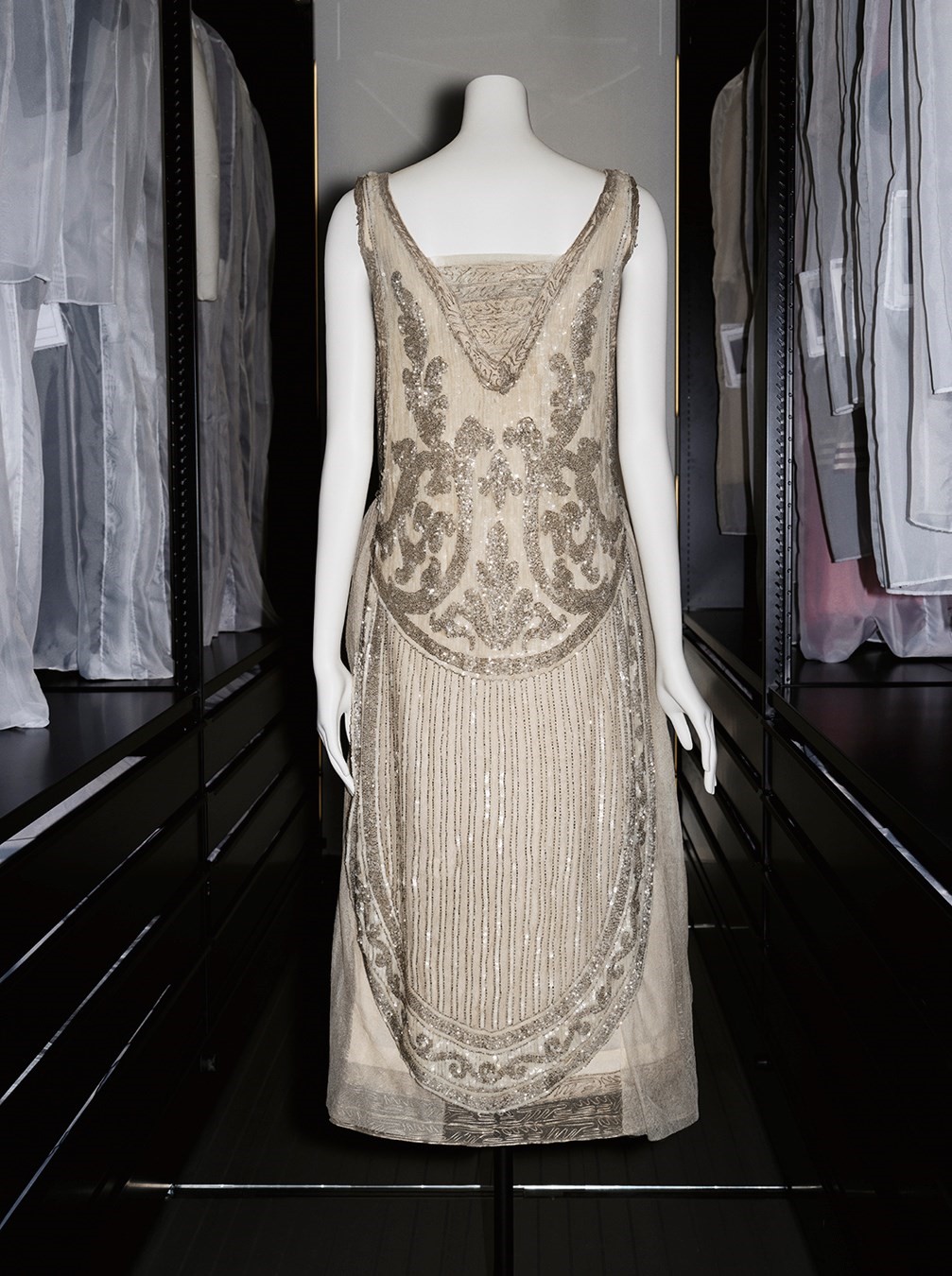
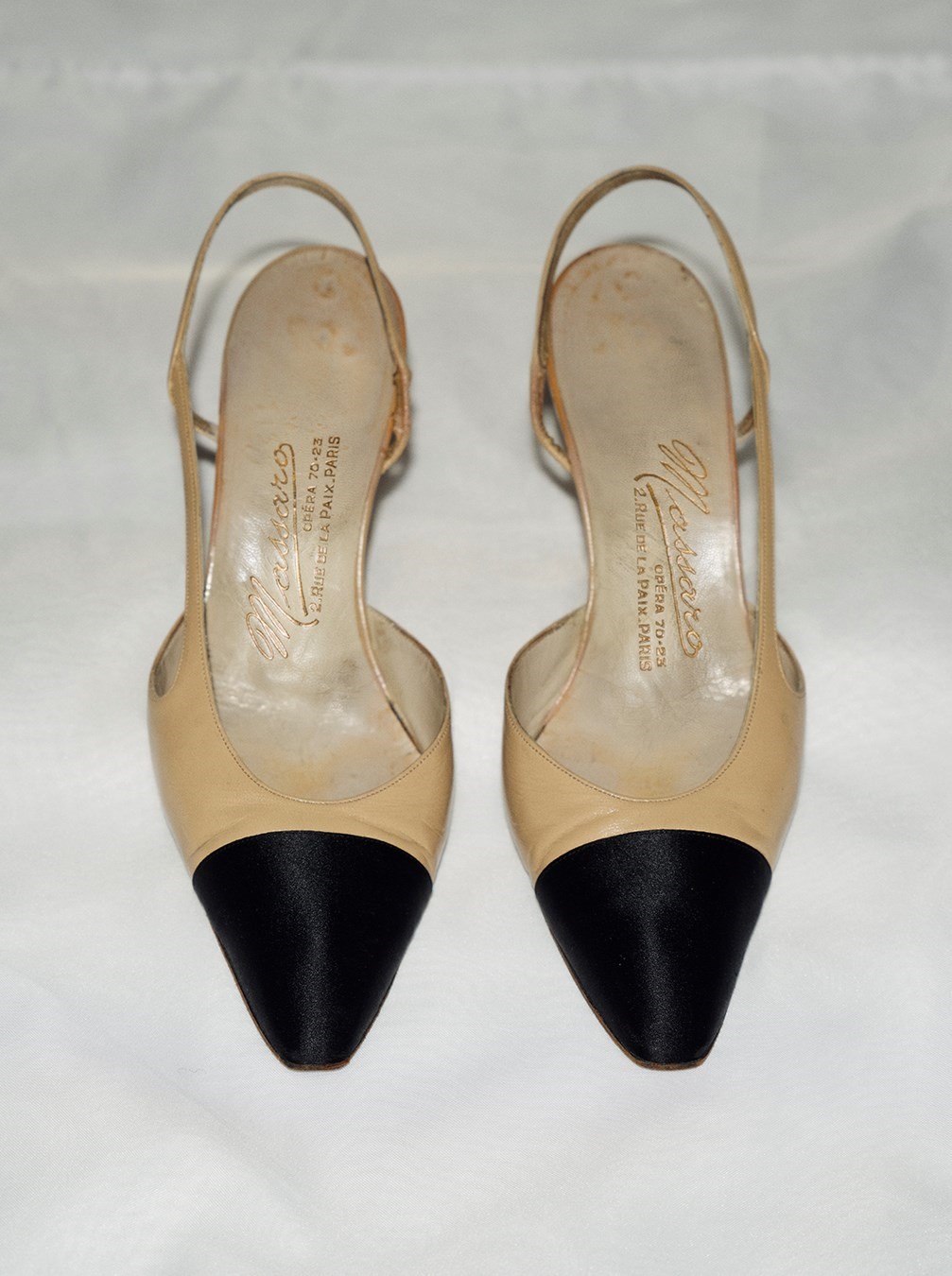
Although undoubtedly shaped by her experience, the Chanel we know was self-made, in every sense of the term — she renamed herself “Coco”, apparently after a couple of songs she sang in cabarets around the turn of the century, Ko Ko Ri Ko and Qui qu’a vu Coco, which became so associated with her that the drinking soldiers called for her by the name Coco. Later, Chanel rebranded, said that the moniker actually came from her father who woke her up with a cockerel crow – in French, “cocorico” – a way of masking her painful childhood. Whatever the origin, her personal rebrand remains so successful that, apparently, V&A visitors have been asking if Gabrielle Chanel was a sister to Coco.
Gabrielle Chanel’s fashion manifesto also relied on her own image, in a remarkably modern exercise in self-marketing. “When she’s working, there are a lot of other female designers,” Cullen says of her work in the interwar years. “But she is her own template. She becomes the face of her house very early on, proposing herself as the model for the Chanel lifestyle.” At the Patrimoine, a gallery space is devoted to Chanel’s image, and her use of it – her profile, drawn by the fashion illustrator Étienne Drian, was even woven into labels for a 1931 collaboration with the British textile manufacturers Ferguson Brothers of Carlisle. They supplied Chanel with cotton, a fabric she stated – perhaps with an eye on marketing – was her favourite, her Spring/Summer 1931 collection including 35 dresses in cotton piqué, lawn, muslin and organdie. She loved the way it took colour – and cheap cotton, according to Chanel, was the best.
“With the great designers, there’s always a pendulum swing, a kind of ricochet from now to next,” Harlech says. “I think, instinctively, she had an incredible radar, a sense of style. How she wanted to be, for her next step. It wasn’t about designing for other women. And I think that integrity is what gives Chanel that clarity, that legibility.” Chanel’s innovations weren’t motivated by what the world wanted, but what Chanel wanted, entirely solipsistic – “Arrogance is in everything I do,” she told her friend the writer Paul Morand in 1946. In the Fifties and Sixties, her suits were constantly re-engineered not because of Chanel observing how other women fell into them and adopted them as uniforms, but through the arrogance of Chanel herself wearing them ceaselessly, tweaking endlessly, adding pleats to skirts, shifting pockets around to better serve purpose. “Karl picked up on that,” Harlech says. “Nobody knew Gabrielle Chanel better than he did, I think, because, with his encyclopaedic and ever-reaching mind, he had obviously understood every corner of Gabrielle Chanel – in order for him to play and riff on all the signs and signifiers. Yet he also understood, and would often say to me, ‘I’m not a woman, so I need you to wear the clothes.’” Lagerfeld understood, she asserts, the difference and significance between the look and the feel.
Chanel was her own best fashion plate. “Quick, witty, funny, rebellious, daring, all of that. And very attractive,” Harlech says. “People like that, you’re immediately drawn to them.” Those qualities pulled men into Chanel’s orbit early in her life, who helped support and further her work: Étienne Balsan and Arthur “Boy” Capel were her lovers, both of whom financed part of Chanel’s nascent career at the start of the 20th century. And she projected them outwards: by the Twenties, she is already documented insistently, incessantly by fashion magazines as a feminine ideal, her gig-lamp grin wide below cloche hats and above knee-length pleated skirts. Chanel turned 50 in 1933 – but she looks easily a decade younger when photographed by Horst P Horst in 1937. She’s dressed in black, swathed in costume jewellery, brandishing a cigarette, modern woman incarnate; images from a sitting a year later were used to advertise Chanel perfumes, Coco an aspirational avatar of contemporary glamour leaning against a fireplace in her apartment at the Ritz. Chanel continues to fascinate, even today: Gabrielle Chanel. Fashion Manifesto has already broken records at the V&A, tripling the record for opening-day ticket sales at the 171-year-old museum.
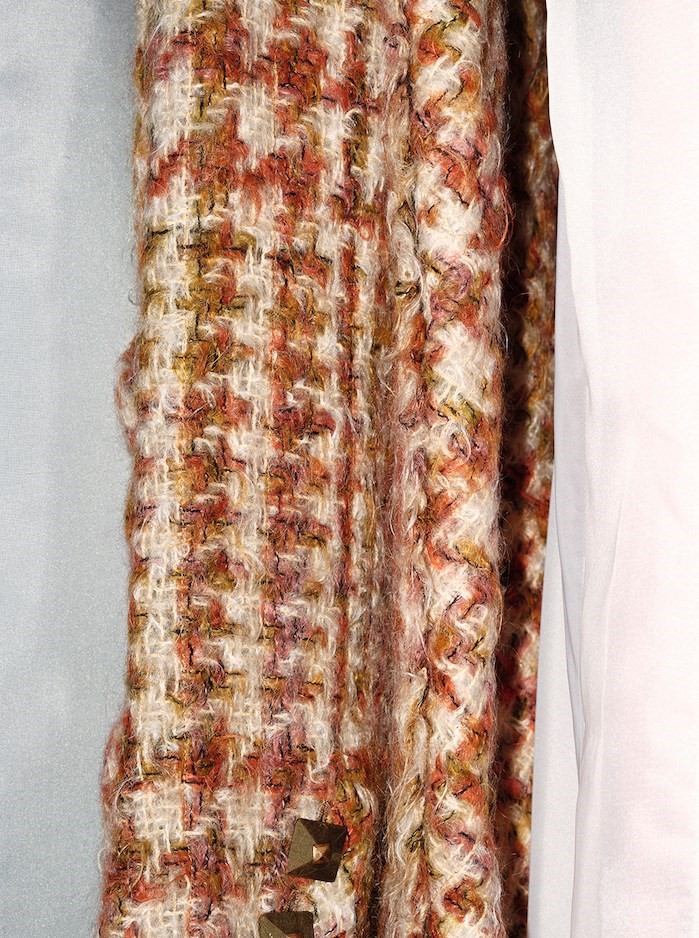
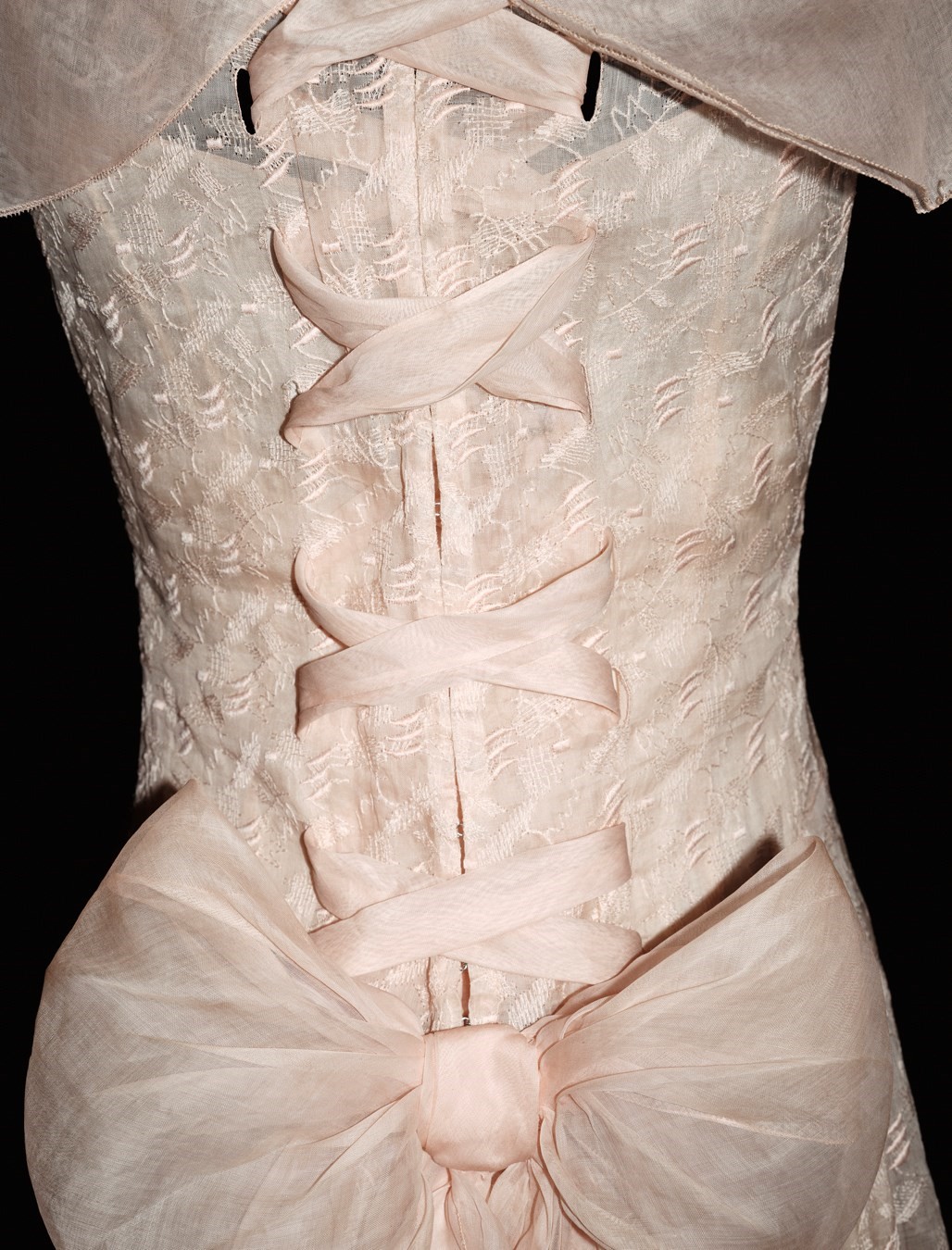
Upon the advent of war in 1939, after 29 years designing, the very public Gabrielle Chanel vanished. Although her perfume continued, she closed her fashion house, and her career could have easily been over – she had already fundamentally changed the way the world dressed, her fashion manifesto well established, her place in the history books assured. Yet Chanel still had more to say. Her second act commenced in 1953 when she was 70 — a relaunch, a comeback, ostensibly engineered to support the sales of Chanel No 5, which paid Chanel royalties of about 2 per cent, roughly $1 million a year. Yet given Chanel’s nature, it is evident her return wasn’t just about money – besides which, from her earlier success she was enormously wealthy (her personal fortune in the early 1930s was estimated to be the equivalent of £250 million today). Rather, Chanel’s return to 31 rue Cambon was a riposte to a fashion landscape still shaped by Christian Dior’s corseted, bombast-stuffed New Look of 1947. “Dior doesn’t dress women, he upholsters them,” Chanel herself sniped – and conversely, of Chanel’s look, Cullen comments: “It’s about the body, movement, timelessness – the modernity of wearable clothing.” She presented her first post-war collection on 5 February 1954. Detractors sniffed that Chanel’s looks were mired in the past, especially in French newspapers: L’Aurore described the clothes as having “the figure of 1930 – no breasts, no waist, no hips”; “You had a feeling you were back in 1925,” wrote Le Figaro. “It was a direct manifesto, against the New Look,” Harlech says today while, even back in 1931, Flanner wrote that “Chanel cannot get along with the pack.”
Chanel’s life undoubtedly shaped Chanel’s designs – and not only through her own taste. Although she would probably deny it, given her nature, Chanel’s clothes are autobiographical, marked with the imprint of her past but also tracing her present. Her various love affairs find reflection in cloth: her early 1920s affair with Grand Duke Dmitri Pavlovich, cousin of Tsar Nicholas II, resulted in clothes embroidered with Russian motifs by the workshop of Kitmir, headed by his sister Grand Duchess Maria Pavlovna. The affair lasted less than a year, and when Kitmir expanded its embroidery operation to service other couture houses, Chanel ceased using the styles, demanding exclusivity in all her relationships.
“Nobody knew Gabrielle Chanel better than he [Karl Lagerfeld] did, I think, because, with his encyclopaedic and ever-reaching mind, he had obviously understood every corner of Gabrielle Chanel. Yet he also understood, and would often say to me, ‘I’m not a woman, so I need you to wear the clothes’” – Amanda Harlech
Costume jewellery was another audacious Chanel innovation that would continue throughout her career: drawers full of the stuff sit at the Patrimoine, their pâte de verre, imitation pearls and gilded brass pretending at a king’s ransom. Many of the examples held in Pantin were worn by Chanel herself, which is fitting, as her original inspiration came from her own jewel box, the tokens of affection offered by her various lovers, tangling the real and fake into a glorious mess so no one could tell the difference. Pavlovich’s gifts of Romanov jewels inspired pearl-studded chains hung with crosses; the Duke of Westminster’s rubies, emeralds and sapphires were reinterpreted in glass, first in the Twenties by Maison Gripoix, which still works with Chanel today, alongside Goossens, which started to interpret pieces for the house in the Fifties. Many are based on specific examples – a fourth-century Byzantine reliquary, given to Chanel by Bettina Ballard (American Vogue’s resident editor in Paris), was copied in verisimilitude by Goossens, alongside other gems of antiquity
Inverting long-held value systems is a key Chanelism – she put the fur on the inside of her coats, transforming it into a private luxury rather than a swaggering status symbol. Her use of cotton for evening dresses continues throughout the Thirties – one example, from 1933, is produced in a peach pink with a loosely laced back, like a parody of an old-fashioned corset. “That was the colour of the boudoir,” Cullen asserts. “Nearly all nightwear from that period is made from this particular colour of silk. And so to see these very fluid evening dresses in this boudoir colour is so suggestive.”
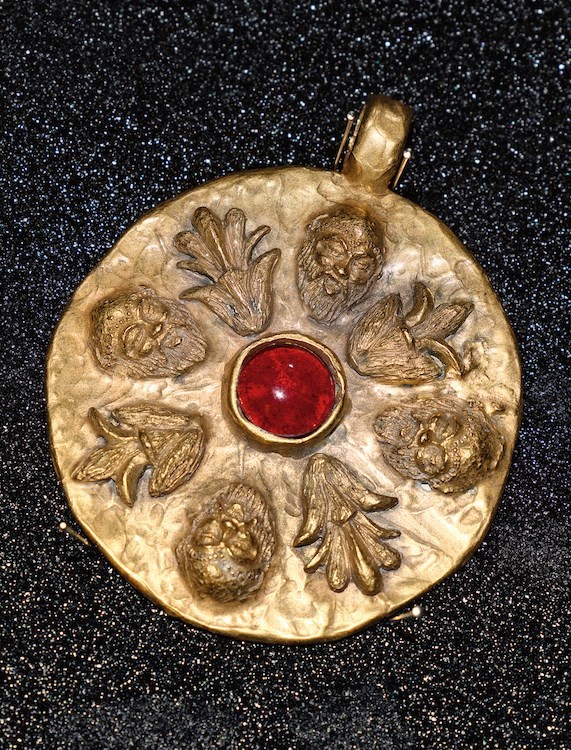

Underwear as outerwear, pragmatic working-class clothing for moneyed aristocrats — these gems were equally an affront, an inversion of established notions of worth. Costume jewellery had existed before, of course – before working with Chanel, Maison Gripoix had made its name with convincing imitation stones produced for theatrical productions. There were even cautionary stories about the stuff, implied morality tales – Guy de Maupassant wrote a short story, La Parure, about how a diamond necklace, borrowed and then lost, ruins an ambitious bourgeois young woman. In the end it’s revealed the necklace was merely paste. “Certainly in the Twenties, there is this perverse thing. At that moment in time, wearing fake jewellery is an embarrassment – that you don’t have the real thing,” Cullen says. “And then Chanel is presenting this to all her wealthy clients. She was someone who has come from nothing, with the real jewels, but then she’s still wearing fakes, selling fakes.”
Gabrielle Chanel would only produce one fine jewellery collection in her life – a range of diamond-studded platinum jewellery, intended as an exhibition piece and created, perversely, at the height of the Great Depression in 1932 (Chanel said diamonds then were an investment, rather than an extravagance). But there is a deeper and more personal meaning behind these fake gems: they mark Chanel’s transition from being a ‘kept woman’ to one who could drape herself with jewellery of her own creation. By literally mocking her own fine jewellery, Chanel’s designs boldly assert, on a public stage, her absolute independence – and, perhaps, her freedom from moral convention. The same ideas are stitched into her clothes – into an emancipation from restrictive corsets, trailing skirts, high collars, all hitherto a sign of decency; into clothes stripped of the markers and symbols of wealth, of the reduction of a woman to decoration, a walking expression of the depth of her husband’s coffers. The ability to move freely is to be truly liberated, to be independent, to live.
The ultimate expression of that spirit — perhaps the most distinct elucidation of Gabrielle Chanel’s philosophy – was the new Chanel suit. The first, contrarily numbered 5 (what else?), opened her Spring/Summer 1954 show. It was collarless, easy, in navy wool jersey, white cotton blouse buttoned to the skirt (to prevent it riding up), ribbon tied at the collar. It looked like the man’s bow tie Chanel herself wore in the 1910s – and, like that picture, it oddly seems modern, even today. “I think she never looks back, which is a strange thing to say because she’s drawing on a template,” Cullen says. “It’s about movement, it’s about projection, and also this weird timelessness that she’s playing with. You look at some of the dresses from a hundred years ago and they could work today.
The clothes in the latter half of Chanel’s career are, to borrow modern phraseology, anti-fashion. Under the influence of Dior, oscillations of hemlines and constant shifts of silhouette under evocative nomenclature came to define the industry – some 70 years later, there’s still a lingering, facile obsession over a shift in hemlines underlining a stylistic moment that can be entirely traced to Dior’s seasonal vagaries. Chanel ditched all of these ideas – although her clothes changed, their moves were incremental, their silhouettes consistent, their ideology nailed to a mast. Clothes, she said, must be logical. Don’t use a button without a buttonhole. She introduced her chain-strapped handbag in 1955, to free women’s hands from clutch bags; her two-toned slingback shoes came in 1957. By the late 1950s, her designs had become a true fashion manifesto – an eternal style. Having embraced tweeds in the 1920s – she was introduced to William Linton, founder of the British textile firm Linton Tweeds, via the British couturier Captain Edward Molyneux, and the house still uses the manufacturer today – Chanel pushed their use. The loose open-weave fabric became her new jersey, supple and elastic, moving with the body. Chanel was not completely ignorant of changing fashions. “There’s a youthfulness and awareness of fashion of the time,” Cullen says, citing the “almost psychedelic colours” of Chanel’s 1960s Linton tweeds, trippy oranges, pinks and turquoises.
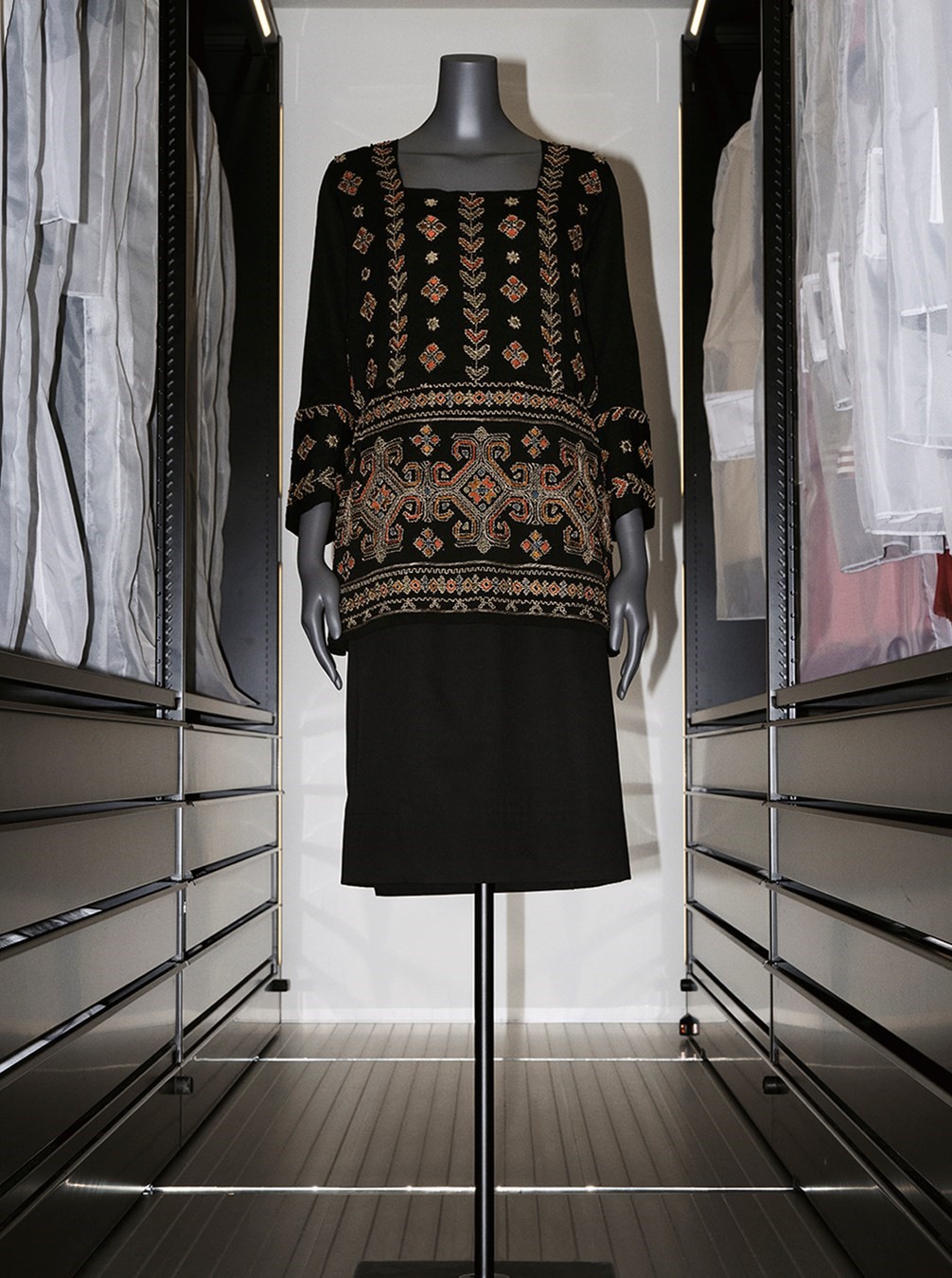

Yet, by the 1960s, it is Chanel who is influencing fashion, again. Her suit is copied globally, especially in the United States, by designers at every level of the industry, credited or otherwise. Jacqueline Kennedy watches her husband’s assassination in a copy of a Chanel suit. “Along with plagiarism go admiration and love,” Chanel said. Yves Saint Laurent’s Autumn/Winter 1967 collection was an overt homage to Chanel, with chain-strapped bags, flapper-length skirts and white-collared little black dresses pinned with gardenias. A year later, Chanel christened him her heir apparent, “because someday someone will have to continue what I’ve done”. Three years later, she was dead. Her final collection was shown posthumously, the models wearing black satin bows in their hair. It was, of course, a success.
“How can you define a masterpiece?” Harlech asks. “A masterpiece is something, whether it be a poem, or a piece of music, or an artwork, that everybody responds to. There’s something in you that you understand, innately, how that other is desirable. So you make the leap towards it.” For her, Chanel’s clothes – her fashion manifesto – are masterpieces.
Photographic assistant: Olivia Lorraine Tran. Retouching: Harry Matthews
Gabrielle Chanel. Fashion Manifesto is on show at the Victoria and Albert Museum in London until 25 February 2024.
This story features in the Autumn/Winter 2023 issue of AnOther Magazine, which is on sale now. Order here.





